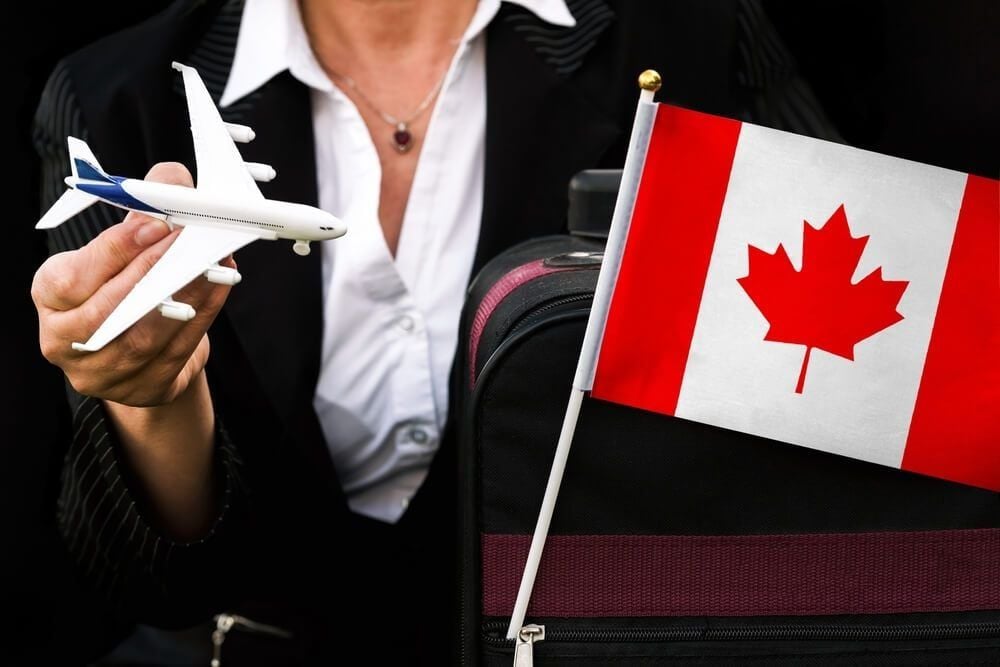Every ten years, the National Occupational Classification (NOC) undergoes a major structural revision of the Classification and the existing occupation groups are reviewed. As of November 2022, NOC 2021 will come into effect, adding a total of 16 new occupations that will become eligible for Express Entry. Three occupations will become ineligible.
Subsequent to these changes, the following 16 occupations will become eligible for Express Entry applications:
- Transport truck drivers;
- Bus drivers, subway operators and other transit operators,
- Pest controllers and fumigators;
- Payroll administrators;
- Heavy equipment operators;
- Elementary and secondary school teacher assistants;
- Aircraft assemblers and aircraft assembly inspectors;
- By-law enforcement and other regulatory officers;
- Sheriffs and Bailiffs;
- Dental assistants and dental laboratory assistants;
- Correctional service officers;
- Other repairers or servicers;
- Residential and commercial installers and servicers;
- Estheticians, electrologists and other regulatory officers;
- Pharmacy technical assistants and pharmacy assistants; and
- Dental assistants and dental laboratory assistants.
These three occupations will become ineligible for Express Entry applications as of November 2022:
- Other performers;
- Program leaders and instructors in recreation, sport and fitness; and
- Tailors, dressmakers, furriers, and milliners.
The current four-category NOC “Skill Level’ will be overhauled by a new six-category system representing the level of Training, Education, Experience and Responsibilities (TEER) required for entry in an occupation. Statistics Canada has displayed that the two main reasons as to why the skill type model is being replaced by “TEER” are to regain clarity on the level of education and work experience required to work in an occupation, and secondly, to create an artificial categorization between low and high-skilled jobs. The new five-tier hierarchical system will be classified as below:
The TEER (Training, Education, Experience and Responsibilities) | When the second digit is... |
Management | 0 |
Completion of a university degree (bachelor’s, masters or doctorate) or Previous experience and expertise in subject matter knowledge from a related occupation found in TEER 2 (when applicable) | 1 |
Completion of a post-secondary education program of two to three years at a community college, institute of technology or CEGEP or Completion of an apprenticeship training program of two to five years or Occupations with supervisory or significant safety (e.g. police officers and firefighters) responsibilities or Several years of experience in a related occupation from TEER 3 (when applicable) | 2 |
Completion of a post-secondary education program of less than two years at community college, institute of technology or CÉGEP; | 3 |
Completion of secondary school; | 4 |
Short work demonstration and no formal educational requirements. | 5 |
Changes occurred at all levels of the NOC structure. Some items were revised while others, were added, split, transferred or merged. A full summary of changes from NOC 2016 Version 1.3 to NOC 2021 Version 1.0 can be found directly on Statistic Canada’s website.
Contact our office to assess your eligibility for Express Entry as applications resume in the next month. You can head over to our previous blog outlining all the details upon resumption.

)
)
)
)
